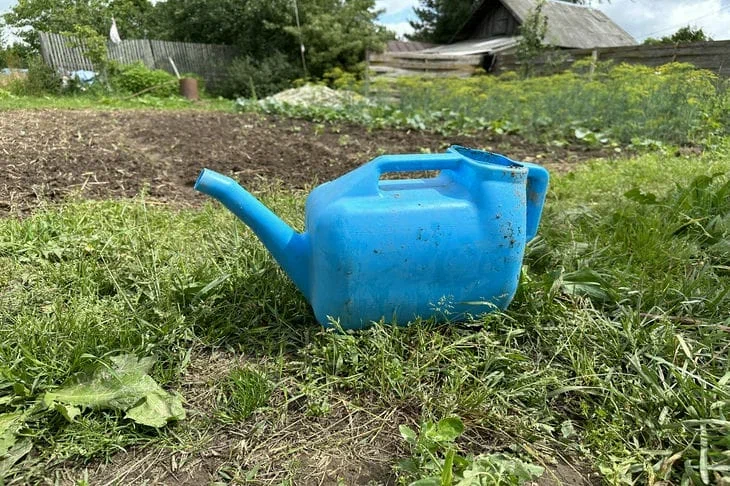Do you water your plants every day? Stop it! This is the most common mistake that ruins more crops than drought.
Roots flooded with water stop breathing and rot. But how to determine the golden mean?
The "Two Phalanges" Rule: The Secret That the Professionals Don't Tell You
Stick your finger into the soil to a depth of two phalanges. If the soil is damp, put the watering can aside. Most plants prefer to "drink" rarely, but abundantly. For example, tomatoes need to be watered once every 5-7 days, but 10 liters per bush. This regime forces the roots to grow deep, making the plant resistant to drought. The exception is seedlings: they are watered every 2-3 days, but only in the morning, so that the leaves dry out by evening.

Leaves are not for water: how not to turn a garden bed into a breeding ground for diseases
Watering with "rain" is a direct path to powdery mildew. Drops on leaves act as lenses, causing burns, and night moisture provokes fungi. Always pour water under the root, using a watering can with a narrow spout. Make an exception for cabbage and lettuce: they can be sprayed, but only before sunrise.
Technologies for the Lazy: Humidity Sensors and “Smart” Systems
If you don't trust your fingers, buy a soil moisture sensor for 300 rubles. Stick it in the soil and it will show you if it's time to water. Another life hack: bury a clay pot with a hole in the bottom next to the plant. Fill it with water - it will slowly seep in, moisturizing the roots without the risk of overflow. This system was used in Ancient Egypt, and you still carry watering cans?
Watering in the heat: how not to kill plants in 5 minutes
In hot weather, watering the beds during the day is like pouring boiling water on the roots. The water evaporates instantly, creating a sauna effect, and a crust forms on the soil, blocking the access of oxygen. Wait until sunset or get up at dawn. If you don’t have time, mulch the soil with straw: it will retain moisture and reduce the temperature at the roots.
When Water Is Poison: Crops That Hate Watering
Watermelons, melons and pumpkins accumulate sugar only under stress. The less you water them after flowering, the sweeter the fruit. And rosemary, thyme and sage generally prefer drought. Their roots rot with the slightest excess of moisture.
Remember: among plants there are “sprinters” and “marathon runners”, and your task is not to confuse their needs.
